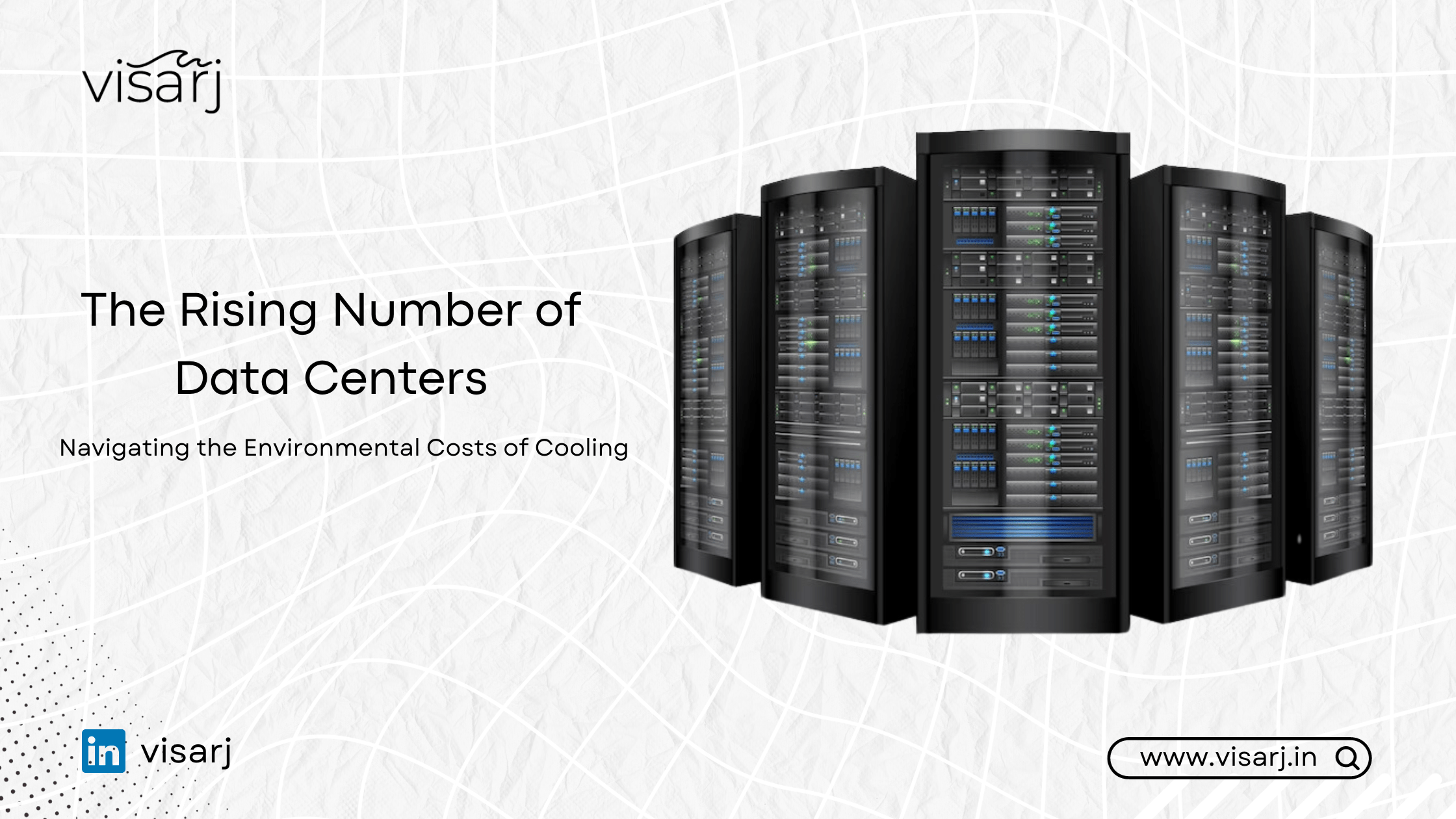
The Rising Number of Data Centers: Navigating the Environmental Costs of Cooling
In the digital age, data centers have become the backbone of our online existence. From cloud computing to streaming services, these facilities are crucial for storing and processing immense volumes of data.
However, this increasing reliance on data centers comes with a significant environmental cost, primarily due to the energy required to cool these vast digital storehouses.
The Expansion of Data Centers
Data centers are expanding at an unprecedented rate globally. This growth is fueled by the exponential increase in data generation and consumption, necessitated by a world moving towards greater digitalization. As more services shift online, the demand for data storage and processing power surges, leading to the construction of larger and more numerous data centers.
Cooling: A Power-Hungry Process
Cooling systems are essential in data centers to prevent overheating, which can lead to hardware failure and data loss. These systems often consume more power than the servers themselves.
Traditional cooling methods in large data centers can use up to 40% of the total energy to maintain optimal temperatures. As data centers grow, so does the energy required to cool them, creating a significant environmental impact.
Environmental Impact
The environmental cost of operating and cooling data centers is multifaceted:
High Carbon Footprint: Many data centers still rely on fossil fuels for their energy needs. This dependency results in high carbon emissions, contributing to climate change.
Energy Consumption: The global energy demand of data centers is immense and growing. They currently account for about 1% of the global electricity use, a figure that is expected to rise.
Water Usage: Some cooling techniques involve significant water usage, contributing to water scarcity issues in certain regions.
Heat Pollution: Waste heat from data centers can contribute to local heat pollution, affecting local ecosystems and urban heat islands.
Mitigating the Environmental Impact
Addressing the environmental concerns of data center cooling involves multiple strategies:
Renewable Energy: Transitioning to renewable energy sources like solar, wind, and hydroelectric can reduce the carbon footprint of data centers.
Advanced Cooling Technologies: Innovations in cooling technologies, such as liquid cooling and geothermal cooling, can be more energy-efficient than traditional air-conditioning systems.
Energy-Efficient Design: Building data centers with energy efficiency in mind, such as using natural cooling or waste heat recovery systems, can significantly reduce power consumption.
Location Strategy: Placing data centers in cooler climates or locations with easy access to renewable energy can reduce cooling needs.
The rise of data centers is an inevitable consequence of our increasingly digital world. While they are essential for the technological advances we enjoy, their environmental impact, especially regarding energy consumption for cooling, cannot be ignored. Balancing the digital demands with
environmental sustainability requires innovative approaches in design, energy use, and cooling technologies. As we forge ahead in the digital era, it is imperative that we develop and implement solutions that minimize the ecological footprint of these critical infrastructures. The future of data centers must not only be about capacity and speed but also about environmental responsibility and sustainability.


